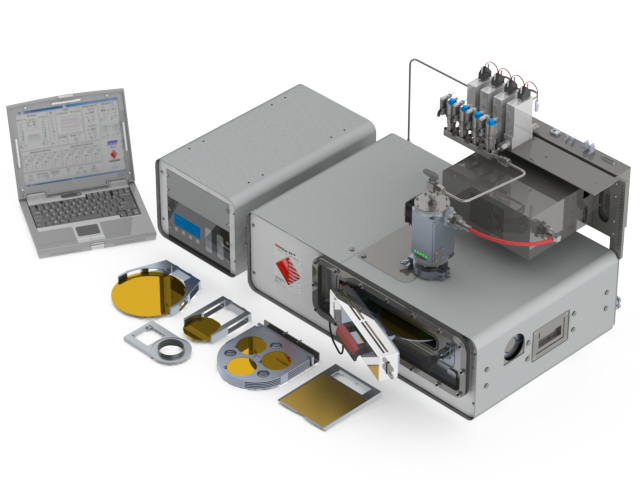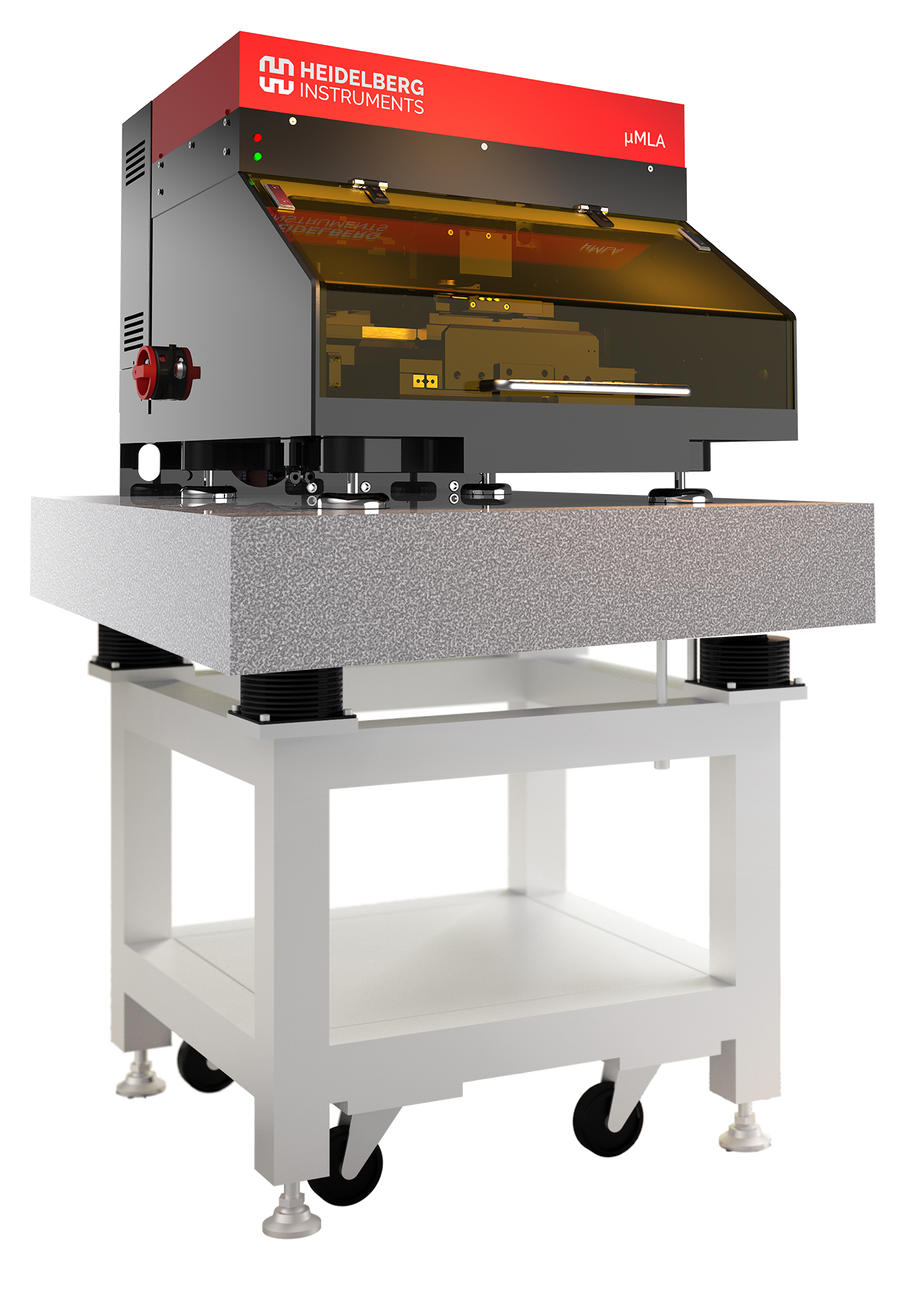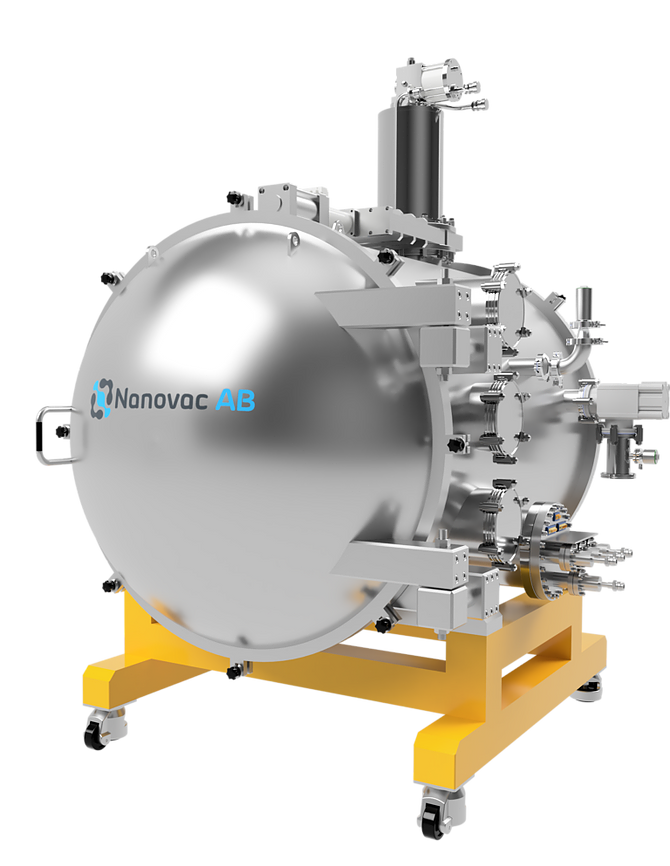Guaranteed Personnel And Environmental Protection
Offering operator and environmental protection from biological materials and activities involving animal pathogens and genetically modified organisms.
Class I Cabinets utilises a large work area and specially ventilated, HEPA Filtered enclosure, developed to guarantee both operator and environmental protection for the safe handling of chemicals and powders and control of substances hazardous to health.
Biological Safety Cabinets are suitable for life science research, cell culture processing and applications where protection and cross-contamination on the work surface are needed.
Biosafety in the lab is critical when work involves human health, infectious diseases and toxins, as well as in cell and tissue culturing, where product contamination must be avoided. Prevention of infections to personnel can also be achieved by reducing potential exposure to droplets or splashes, preventing contaminants from escaping the work area.
Why A Biological Safety Cabinet From Monmouth Scientific Is The Best Choice?
The Guardian range is fitted with the Visionaire® 7” full colour touch screen control system that allows the highest level of control and monitoring. Alongside the standard Touchscreen features, the Guardian incorporates a Visual Display of Inlet velocity (m/sec or ft/min), and both Temperature & Humidity levels. The system also allows control of UV Light, Electrical Sockets, Cabinet Power and Light Variable intensity.
Audible and Visual alarms alert the user to maintenance requirements including: Service, UV Light replacement and Cabinet Hours Run. Formalin and VHP Cycles are also controllable.
The Guardian Micro-Biological Safety Cabinet has been independently type tested and approved to BSEN 12469:2000 by the UK’s leading authority on Biological Safety Cabinets, the Health Protection Agency at Porton Down.
Technical Data
| MSC1200C1 | |
| External Dims (W x D x H) | 1200mm x 700mm x 1330mm * |
| Working Dims (W x D x H) | 1107mm x 510mm x 741mm |
| Air Cleanliness | >ISO Class 4 (Class 10) |
| Primary Filter | H14 HEPA Filter – 99.97% efficient at 0.3um |
| Secondary Filter | H14 HEPA Filter – 99.97% efficient at 0.3um (Optional) |
| Construction | Polyester Costed Mild Steel with toughened glass glazing panels and 316 stainless steel work surface |
| Power | 185 watts |
| Weight | 180kg |
| Sound | <75dB |
*Optional Carbon Outlet +15mm Height.
What Is The Difference Between Biological Safety Cabinet Classes?
Class 1 Cabinets
Provide protection for the Operator and Environment, but no protection for the Product being manipulated.
A flow of air drawn via an aperture at the front face of the Safety Cabinet ensures the safe containment of aerosols brought about during microbiological handling.
The contaminated air then makes its way into a filtration system before it is safely exhausted from the enclosure. Monmouth offer multiple configurations, both Ducted and Non-Ducted that include HEPA (High Efficiency Particulate Air) and Activated Carbon Filters within our Guardian® Biological Safety Cabinet range that ensure safety across a wide variety of applications.
All Class I biological safety cabinets are suitable for work with microbiological agents assigned to biosafety levels 1, 2 and 3.
Class 2 Cabinets
Provide Product Protection as well as protection for the Operator and Environment.
Class II cabinets have a flow of air drawn via the front aperture into the cabinet. This is known as the inflow and it prevents the aerosol generated during microbiological processes from escaping through the front opening. None of the contaminated air enters the working enclosure of the cabinet, which means the sample being manipulated is safe from contamination.
Class II cabinets also feature a vertical flow of HEPA filtered air that cascades unidirectionally from the front face of the cabinet. This is known as the downflow. This creates an air curtain while continually flushing the enclosure of airborne particles and therefore ensuring the working sample is protected from contamination.


















